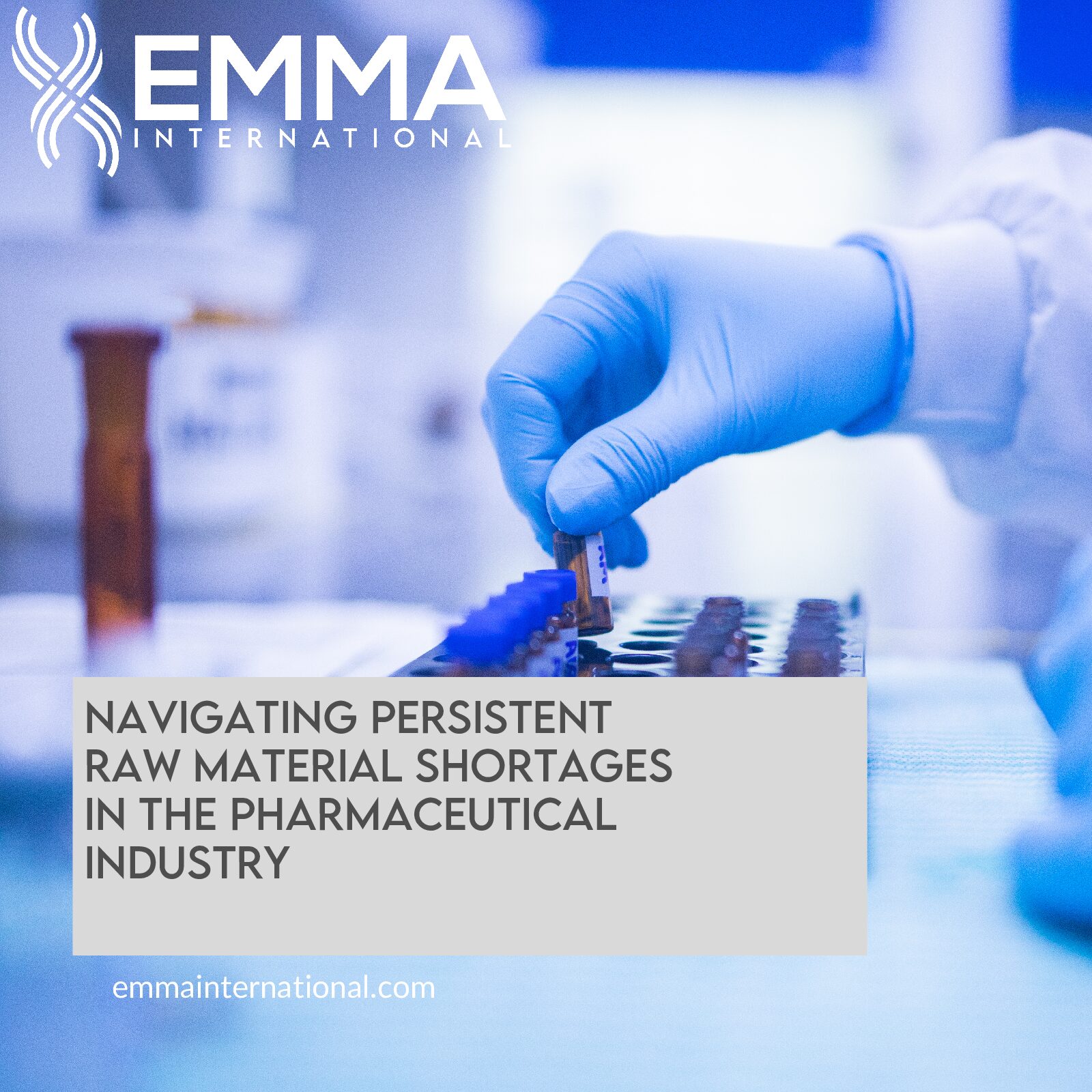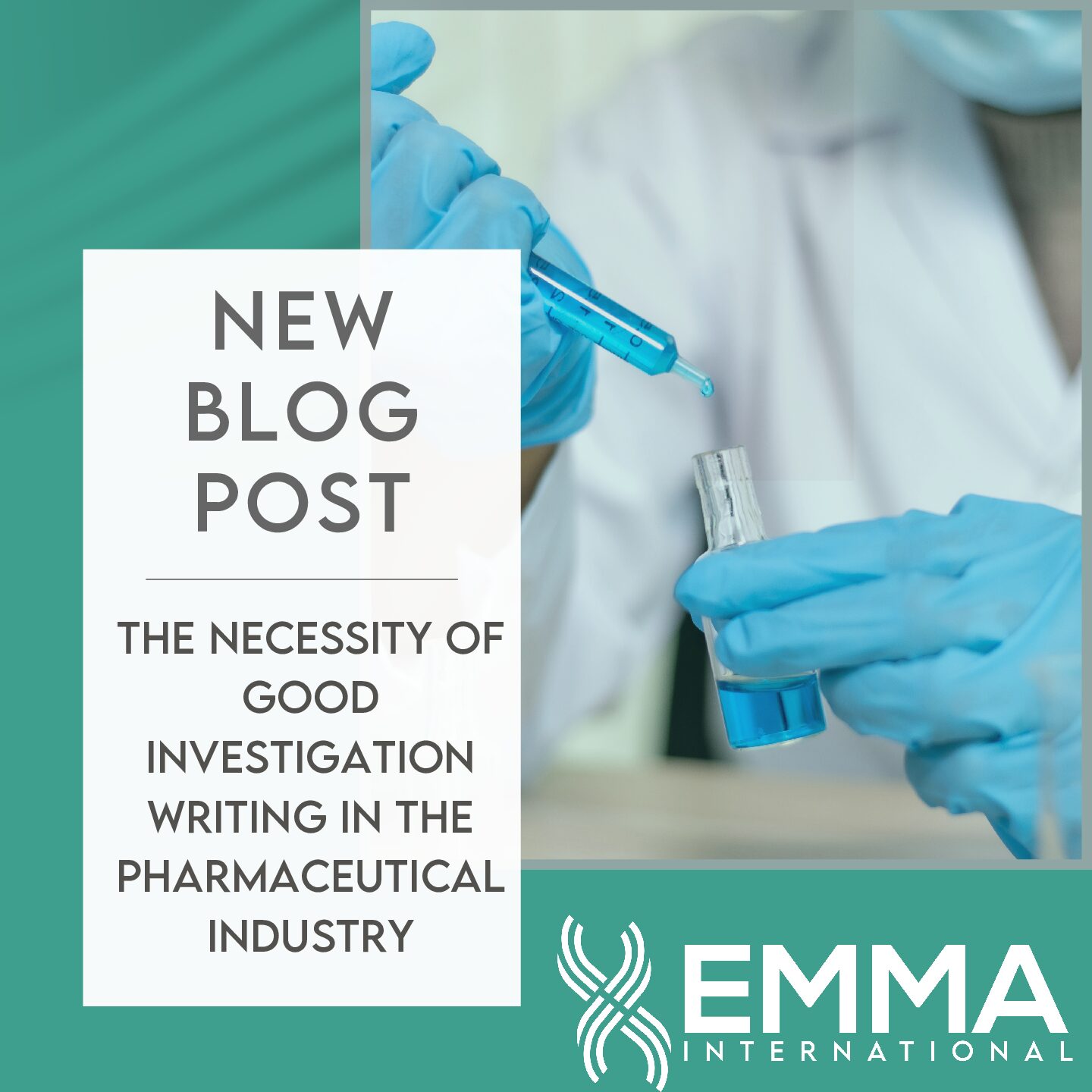In the pharmaceutical industry, the terms “drug substance” and “drug product” are frequently used, yet they refer to distinct entities in the drug development and manufacturing process. Understanding the difference between these two concepts is crucial for anyone involved in pharmaceuticals, whether they are in research, manufacturing, regulatory affairs, or quality assurance. In this blog, we’ll delve into the definitions, roles, and distinctions between drug substance vs drug product.
What is a Drug Substance?
A drug substance, also known as the active pharmaceutical ingredient (API), is the primary component that provides the intended therapeutic effect. It is the chemically active part of a medicine that is responsible for the drug’s effectiveness. Drug substances can be obtained through various means, including chemical synthesis, extraction from natural sources, or biotechnology processes.
Key Characteristics of Drug Substance:
- Purity: The drug substance must be highly pure, free from contaminants and impurities that could affect its safety and efficacy.
- Stability: It should remain stable under various environmental conditions to ensure it remains effective over its shelf life.
- Potency: The strength or concentration of the drug substance is crucial in determining the correct dosage.
What is a Drug Product?
A drug product is the final formulated product that contains the drug substance along with other inactive ingredients, known as excipients. The drug product is what is ultimately administered to patients. It can come in various forms, such as tablets, capsules, injectables, creams, or inhalers.
Key Characteristics of Drug Product:
- Formulation: The drug product is a combination of the drug substance and excipients. These excipients can include fillers, binders, preservatives, and flavoring agents that help in delivering the drug effectively.
- Dosage Form: The physical form of the drug product (e.g., tablet, liquid, cream) determines how it is administered to the patient.
- Packaging: The drug product must be packaged appropriately to protect it from environmental factors, ensure stability, and provide necessary information to the patient.
The Relationship Between Drug Substance and Drug Product
The journey from drug substance to drug product involves several critical steps:
- Formulation Development: Scientists develop the best formulation by combining the drug substance with suitable excipients to create a stable and effective drug product.
- Manufacturing: The formulated drug product is produced on a larger scale, ensuring consistent quality and adherence to regulatory standards.
- Quality Control: Rigorous testing is conducted to ensure that both the drug substance and drug product meet predefined specifications for safety, efficacy, and quality.
- Regulatory Approval: Detailed documentation on the drug substance and drug product is submitted to regulatory authorities (such as the FDA or EMA) for approval before the drug product can be marketed and used by patients.
Why the Distinction Matters
Understanding the difference between drug substance and drug product is essential for various reasons:
- Regulatory Compliance: Different regulations and guidelines govern the production, testing, and approval of drug substances and drug products. Knowing the distinction helps in navigating these regulations effectively.
- Quality Assurance: Ensuring the quality of both the drug substance and drug product is vital for patient safety and the efficacy of the medication.
- Research and Development: In R&D, separating the concepts allows scientists to focus on optimizing the drug substance for therapeutic effect and the drug product for delivery and stability.
The distinction between drug substance and drug product is fundamental in the pharmaceutical industry. While the drug substance is the active component that provides the therapeutic effect, the drug product is the final form that patients use. Both require meticulous development, rigorous testing, and regulatory approval to ensure they are safe and effective for patient use. Understanding these differences not only enhances our knowledge but also underscores the complexity and precision involved in bringing a new medication to market.
As science and technology advance, pharmaceutical development has become more demanding than ever. No matter how complex the therapy or how expansive the data, EMMA International helps you meet critical milestones on time and on budget. Get connected with our team of experts today by calling 248-987-4497 or email info@emmainternational.com.





